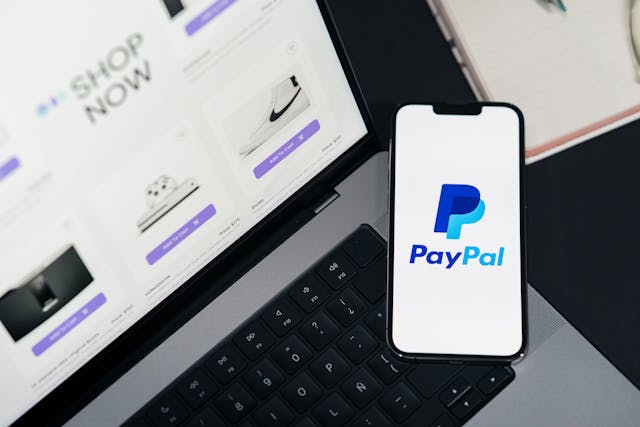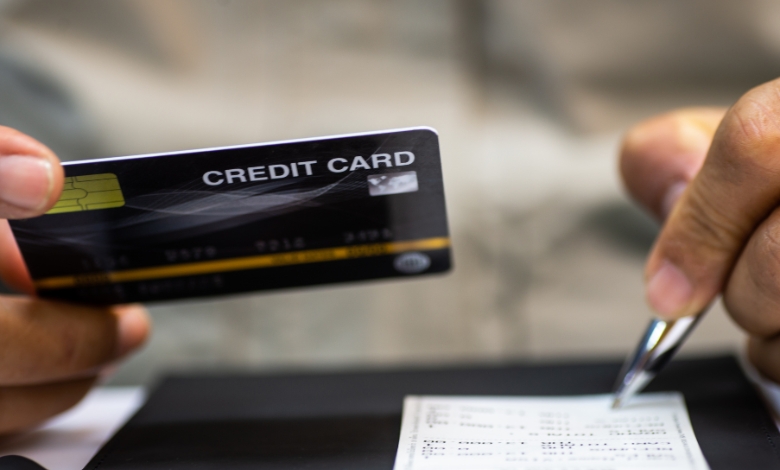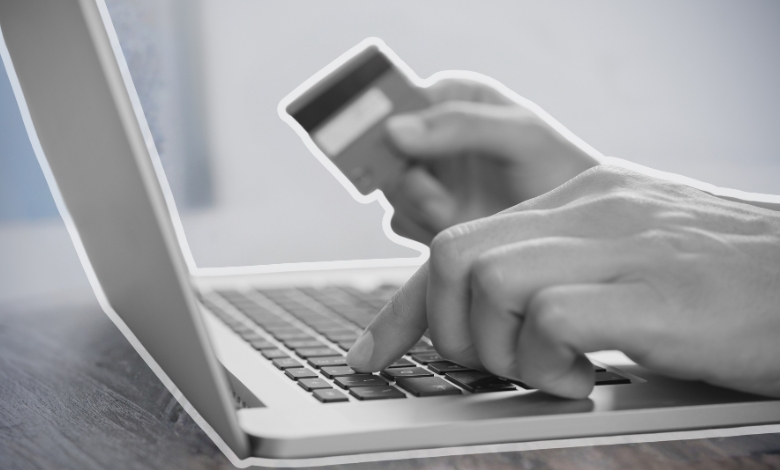Learn how chargeback PayPal friends and family through Wells Fargo really works; truth, tactics, and what your options actually are.
You generally can’t do a chargeback on PayPal Friends and Family through Wells Fargo; it’s treated as a direct cash transfer, not a purchase. However, Wells Fargo may intervene if the transaction involves proven fraud or unauthorized access. Understanding how payment processing works can help you navigate these disputes and choose the right payment method for your transactions.
It starts with a small leap of trust. You send $300 through PayPal Friends and Family to someone you met online; maybe for concert tickets, maybe a collectible, maybe even freelance work. They seem real; responsive; friendly.
Then silence. No delivery. No refund. Just that sinking realization that your digital “friend” might not have been friendly at all.
That’s when panic meets curiosity: can I charge back a PayPal Friends and Family payment through my Wells Fargo card?
This question sends people spiraling down Reddit threads, YouTube rants, and obscure PayPal policy pages that feel like they were written to confuse lawyers.
But the truth; once you slow down and actually piece it together; is surprisingly logical. It’s about how banks, payment networks, and PayPal’s internal ecosystem interpret that one small click labeled “Friends & Family.”
So let’s unravel it.
Article Breakdown
What “Friends and Family” on PayPal Actually Means
PayPal divides transactions into two lanes:
- Goods and Services: For purchases. Protected under PayPal Buyer Protection.
- Friends and Family: For personal transfers. No protection; no dispute rights.
When you send money through Friends and Family, PayPal sees it as you gifting money; not buying something. In other words, you’re saying:
“This isn’t a transaction; it’s trust.”
That tiny label changes everything.
In the financial system’s eyes, it’s no longer a merchant payment. It’s a person-to-person transfer, similar to Zelle or Venmo. And when you try to charge that back through Wells Fargo, you’re asking a bank to reverse something it didn’t categorize as a purchase.
Yes; the word choice matters. And it’s why PayPal repeats the same warning in fine print: Friends and Family payments are not covered under PayPal Purchase Protection.
But here’s where it gets tricky; Wells Fargo might still have some leverage.
What Happens When You File a Chargeback Through Wells Fargo
When you contact Wells Fargo after a suspicious PayPal payment, you’re essentially asking them to open a dispute with the payment network such as Visa or MasterCard.
They’ll review:
- The merchant name (PayPal)
- The transaction type (Friends & Family or Goods & Services)
- The authorization data (was it you, or someone else?)
If the payment clearly shows up as a peer-to-peer transfer, Wells Fargo’s system flags it as a non-purchase transaction.
That’s the first wall.
They’ll likely tell you:
“PayPal Friends and Family payments are not eligible for chargeback under standard purchase dispute rules.”
But there are exceptions.
The Exceptions: When Wells Fargo Might Actually Step In
Even though PayPal Friends and Family isn’t protected, Wells Fargo can sometimes file what’s known as an unauthorized transaction claim.
This applies if:
- Your account was compromised (fraudster logged in and sent money).
- You were tricked under false pretenses (social engineering, impersonation).
- The amount differs or the recipient isn’t who you intended.
For instance, if a scammer hacked your PayPal and sent money through Friends & Family to their own email, Wells Fargo can pursue recovery because the authorization was fraudulent.
But if you willingly sent it; even under false promises; it’s viewed as a voluntary transaction.
That’s the gray zone where emotions clash with banking law.
The Emotional Side of Chargebacks Nobody Talks About
Let’s pause the legalese for a second.
Behind every “chargeback” is a human moment; frustration, disbelief, sometimes embarrassment.
You might feel like calling Wells Fargo and saying:
“Look, I was scammed; I didn’t know PayPal Friends & Family didn’t protect me.”
And the representative might sympathize; they might even open a case. But both sides know the outcome depends on whether your intent fits within financial liability laws; not your honesty.
The irony? The more you trusted someone, the less likely you are to get that money back.
It’s a strange lesson wrapped in fine print.
Wells Fargo’s Chargeback Process, Step by Step
If you decide to file a dispute, here’s what typically happens:
1. You Contact Wells Fargo
You can initiate a dispute through the Wells Fargo app or by calling customer service. Select the transaction, describe the issue, and specify that it was sent through PayPal.
2. Bank Opens a Case
Wells Fargo flags it and investigates the transaction trail. If it’s a PayPal Friends & Family payment, the dispute is categorized under non-purchase claims.
3. PayPal Gets Contacted
Wells Fargo routes the claim through Visa or MasterCard’s dispute channel. PayPal receives a notice of the investigation and checks whether it was authorized, linked to your account, and sent voluntarily.
4. Decision
- If unauthorized → Wells Fargo often refunds temporarily pending review.
- If voluntary → Dispute is denied, citing “customer-initiated P2P transfer.”
5. Final Outcome
Most cases end with PayPal confirming it was a Friends & Family transfer; Wells Fargo then closes the case.
However, if you can prove deception or unauthorized account access, Wells Fargo can escalate it under Regulation E; a federal rule covering electronic fund transfers.
Regulation E: Your Hidden Safety Net
Here’s something most people miss: Regulation E of the Electronic Fund Transfer Act.
It states that banks must reimburse customers for unauthorized electronic fund transfers if reported within 60 days.
The catch? “Unauthorized” means it wasn’t you or anyone you permitted. If you willingly typed that PayPal email and hit “Send,” it’s not covered.
But if your account was compromised or your credentials stolen; even if the thief used your PayPal app; Wells Fargo has to step in.
That’s where legal language meets emotional relief.
Can PayPal Reverse a Friends & Family Payment?
Officially, no.
PayPal doesn’t allow reversals for Friends & Family once the recipient accepts the payment. However, PayPal can manually intervene if you report:
- Fraudulent activity
- Unauthorized access
- Phishing-related scams
PayPal’s risk team occasionally issues goodwill reversals in extreme cases, but that’s rare.
In most instances, they’ll politely state that Friends & Family payments are intended for trusted contacts and cannot be reversed once completed.
Why Scammers Target PayPal Friends and Family
Because it’s final.
Scammers love it because:
- It bypasses buyer protection.
- It’s instant.
- It’s labeled as voluntary.
They often say things like:
“Send it through Friends & Family to avoid fees.”
Or:
“My account only accepts F&F payments.”
These phrases should set off alarms. They’re the digital equivalent of someone asking you to pay in cash with no receipt.
And yet, so many people fall for it because the platform feels safe.
Wells Fargo vs. PayPal: Who Actually Holds the Power?
Let’s compare how both systems handle a dispute involving a PayPal Friends & Family payment:
| Feature | Wells Fargo | PayPal |
| Primary Role | Card issuer / bank | Payment processor |
| Default View | P2P cash transfer | Personal payment |
| Chargeback Rights | Only for unauthorized use | None for Friends & Family |
| Fraud Coverage | Regulation E | Internal fraud checks |
| Investigation Duration | 10–45 days | 7–30 days |
| User-Friendly Outcome | Partial | Rare |
In short; Wells Fargo protects your card; PayPal protects its system.
You’re in the middle; hoping one side interprets your case as an exception.
For Example: When a Wells Fargo Chargeback Actually Worked
A Wells Fargo user once described losing $1,000 in a Friends & Family transfer to a fake seller. They immediately filed both a PayPal dispute and a Wells Fargo claim.
PayPal rejected it; no buyer protection.
But Wells Fargo escalated it under unauthorized use after noticing a suspicious login pattern from another device.
Two months later, the user received a temporary credit, which became permanent when PayPal couldn’t refute the evidence.
It wasn’t the Friends & Family policy that saved them; it was proof of compromised access.
That’s the key: your story has to match the system’s definition of “fraud.”
What To Do If You’ve Been Scammed Through PayPal Friends & Family
- Change your passwords immediately.
Secure your email and PayPal accounts. - Report the scam to PayPal.
Even if protection doesn’t apply, it flags the account for future reports. - Contact Wells Fargo.
File an unauthorized claim; be honest but detailed about what happened. - File a complaint with the Consumer Financial Protection Bureau.
It pressures both entities to respond seriously. - Learn for the future: Never use Friends & Family for purchases. Always choose Goods & Services even if it costs a small fee.
Lessons From the Fine Print
Reading through PayPal’s user agreement feels like decoding a tax form in a thunderstorm; confusing but consequential.
The truth hiding inside it is simple:
The moment you choose Friends & Family, you waive the right to dispute the transaction as a buyer.
But not as a victim of fraud.
That’s where Wells Fargo and Regulation E become your only real allies.
FAQ’s
1: Can I file a chargeback on PayPal Friends and Family through Wells Fargo?
Only if the transaction was unauthorized or fraudulent; voluntary transfers aren’t covered.
2: How long does a Wells Fargo chargeback take?
Typically 10 to 45 days, depending on evidence and communication with PayPal.
3: Can PayPal reverse a Friends and Family payment?
Not normally. Reversals only happen in proven fraud or unauthorized account cases.
4: Is there any buyer protection for PayPal Friends and Family?
No, it’s intended for personal payments to trusted contacts.
5: What’s the best way to avoid scams using PayPal?
Always use Goods & Services for purchases; never send to strangers via Friends & Family.
Key Takings
- PayPal Friends and Family transfers are final; no built-in buyer protection.
- Wells Fargo can only help if the payment was unauthorized or fraudulent.
- Regulation E covers you for unauthorized electronic fund transfers; not voluntary ones.
- Scammers exploit Friends & Family because it’s non-reversible.
- Always use Goods & Services for purchases, even with small sellers.
- Proof of unauthorized access is your strongest chargeback argument.
- Once funds are gone, time and evidence determine whether they return.
Additional Resources
- PayPal Security and Protection Policies: Outlines how PayPal differentiates Friends & Family and Goods & Services transfers and defines buyer protection terms.
- Wells Fargo Consumer Account Agreement: Explains the bank’s dispute, refund, and Regulation E procedures in chargeback cases and unauthorized transactions.



